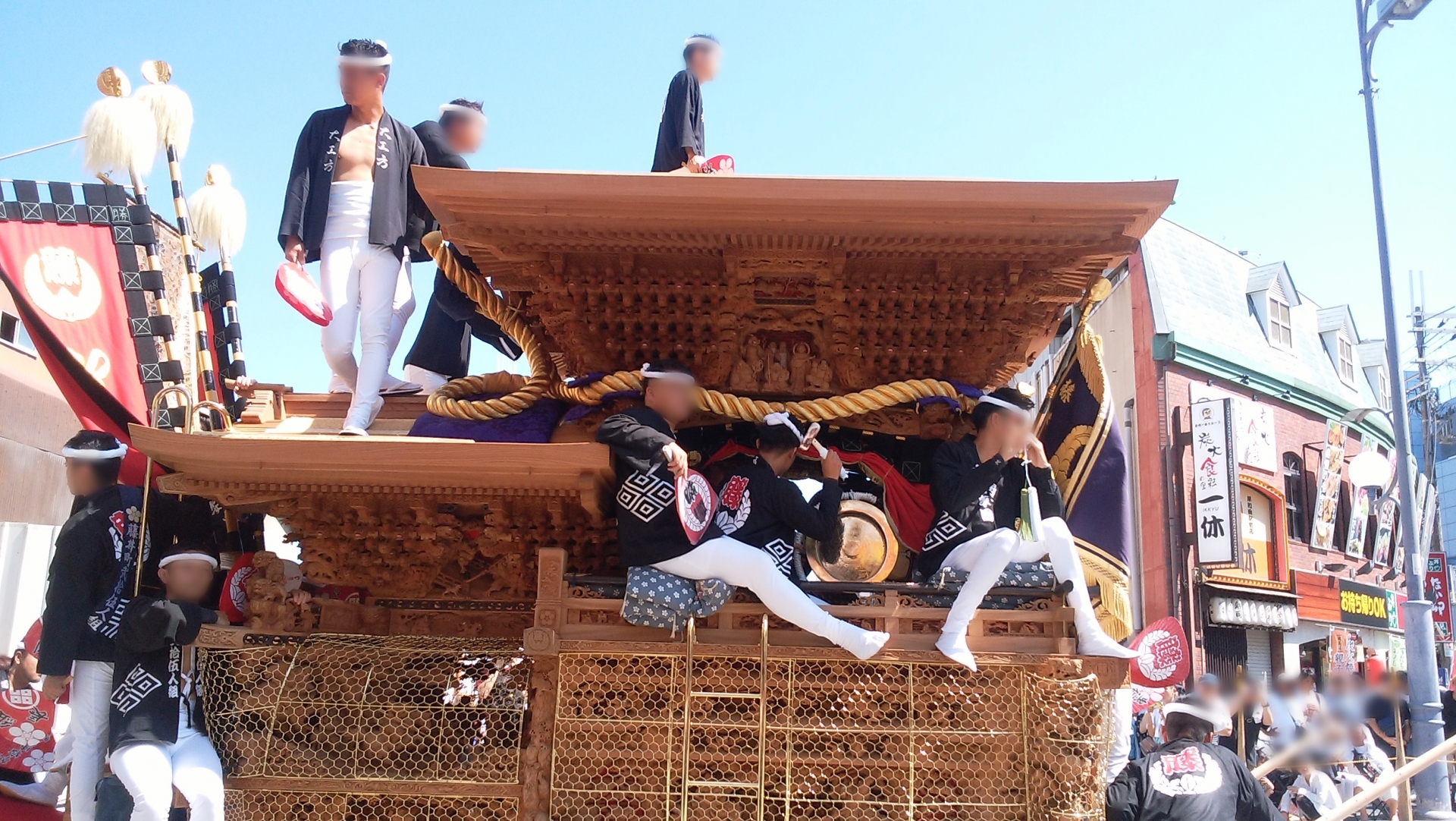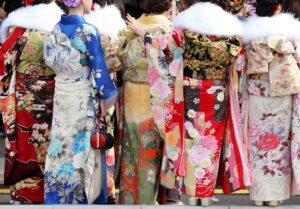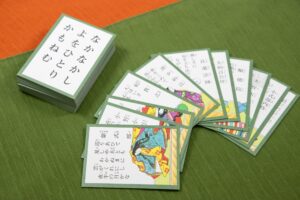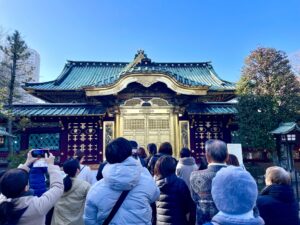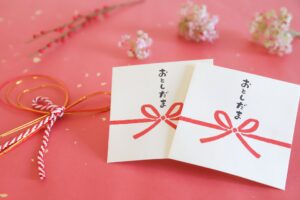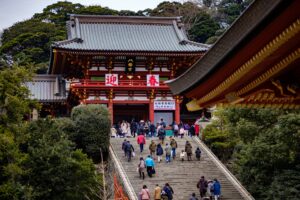The Danjiri Festival is one of Japan’s most exhilarating and unique traditional events, especially known for its fast-paced float-pulling and energetic community involvement. Originating in Kishiwada, Osaka, it showcases both the artistic and communal spirit of Japanese festivals. This article offers a comprehensive guide to the Danjiri Festival, including its origins, how it’s celebrated today, practical tips for visitors, and lesser-known insights.
What Is the Danjiri Festival?
The Danjiri Festival is one of Japan’s most exhilarating traditional events, centered around massive wooden floats called danjiri. Originating in Kishiwada City, Osaka, this festival is known for its thrilling display of speed and teamwork as neighborhood teams pull these floats through narrow streets at high speeds. The core spectacle involves sharp turns, loud chants, traditional music, and synchronized movement that showcases the unity and skill of each community.
Symbolically, the Danjiri Festival is held as a prayer for a bountiful harvest, abundant fishing, household safety, and overall regional prosperity. The float-pulling is not just a physical act but a spiritual and cultural offering to the gods, grounded in Shinto beliefs. The floats themselves are intricately carved with mythological and historical motifs, making them mobile shrines and artistic marvels.
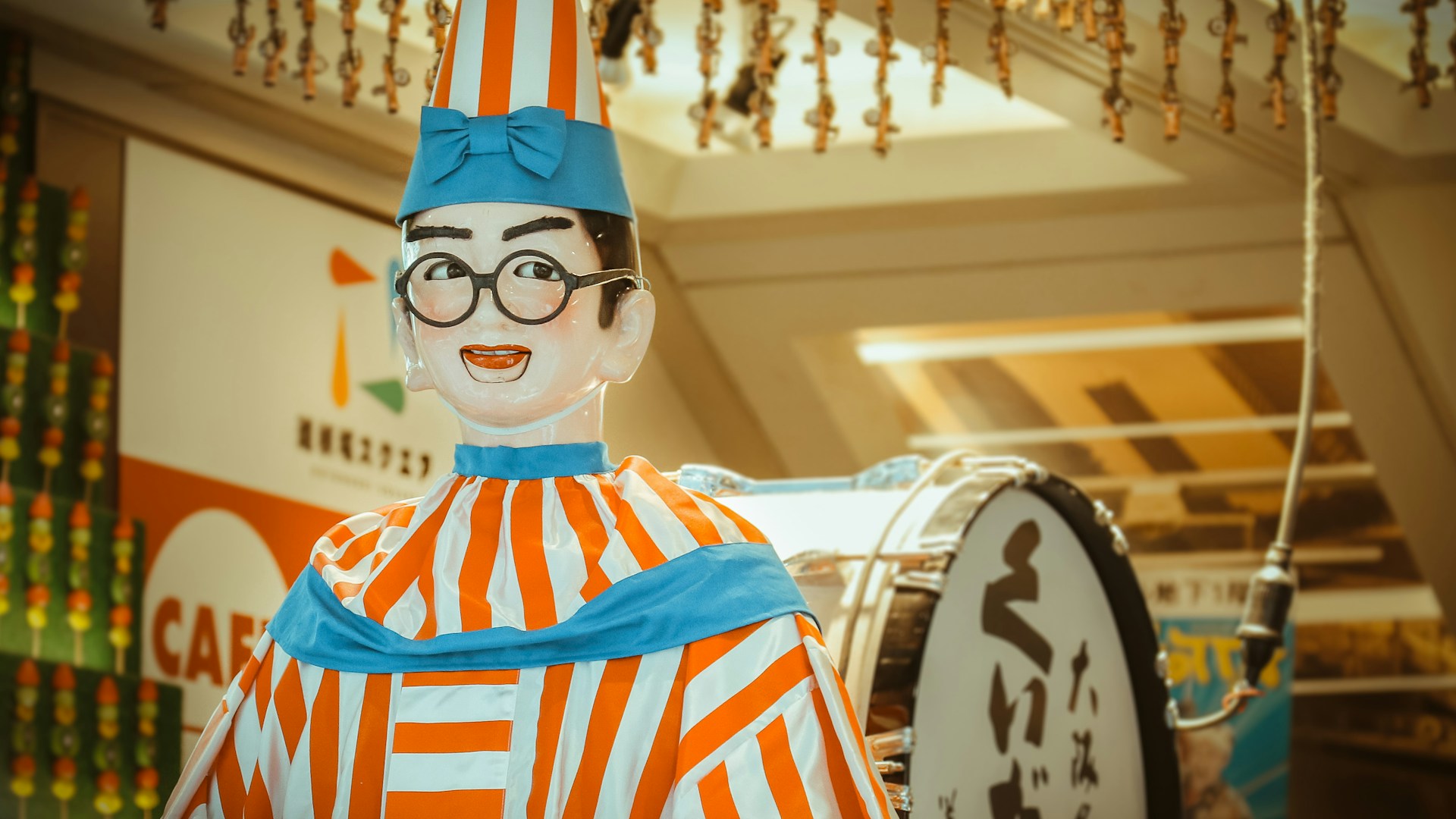
History and Origins of the Danjiri Festival
The origins of the Danjiri Festival trace back to the early 18th century, during the Edo period. Lord Okabe of Kishiwada Castle initiated the event in 1703 to pray for a good harvest, inspired by the ritualistic traditions of Kyoto’s Gion Festival. Over time, what began as a spiritual procession evolved into a dynamic and high-energy celebration, reflective of the local culture and community pride.
Kishiwada, being a castle town and later an industrial hub, shaped the evolution of the festival. While maintaining its religious roots in Shinto practices, the Danjiri Festival also became a way for local neighborhoods to express identity, craftsmanship, and competitive spirit. The evolution of the floats, safety protocols, and performance style reflects the changing times, yet the core traditions remain intact, linking modern Osaka with its feudal past.
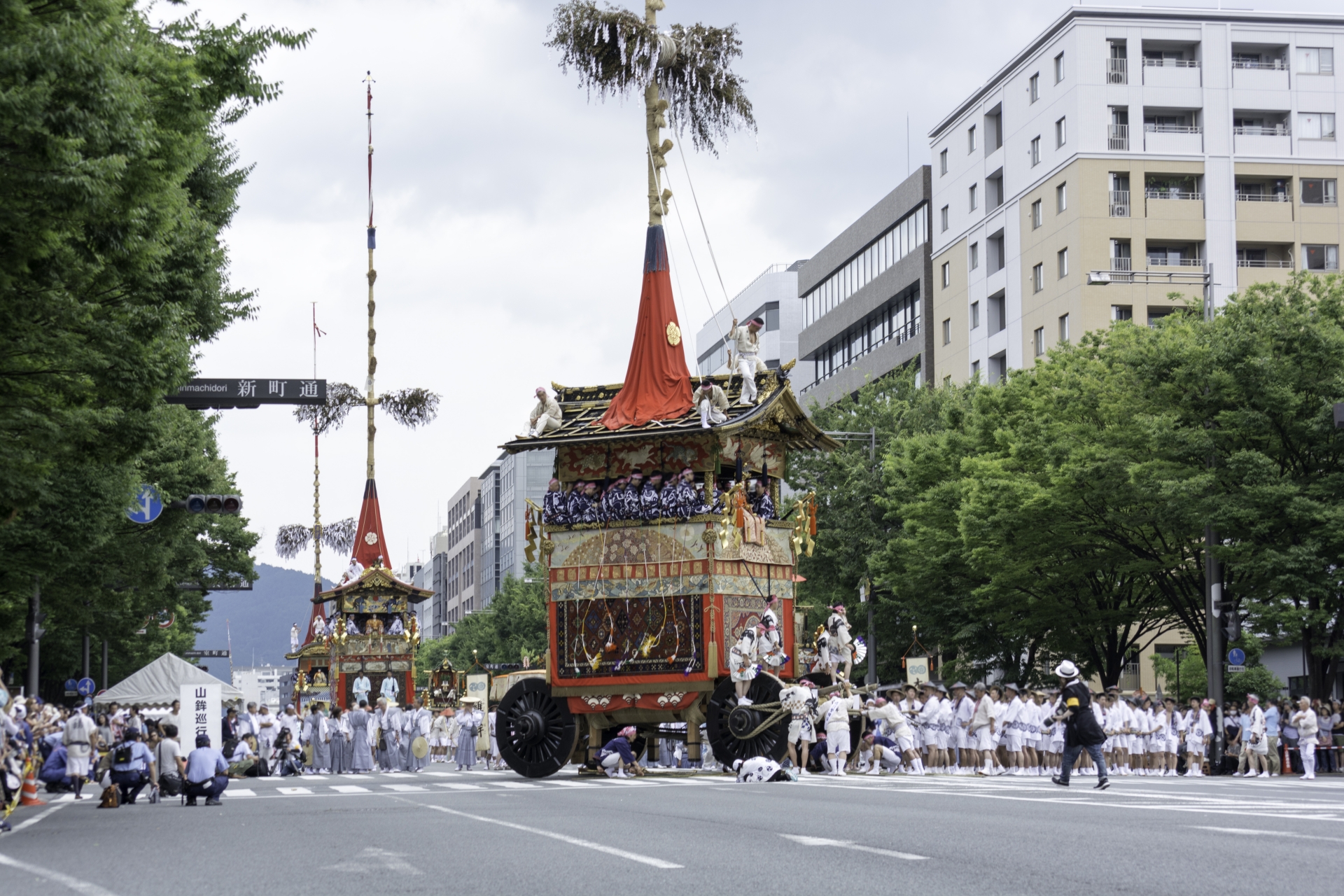
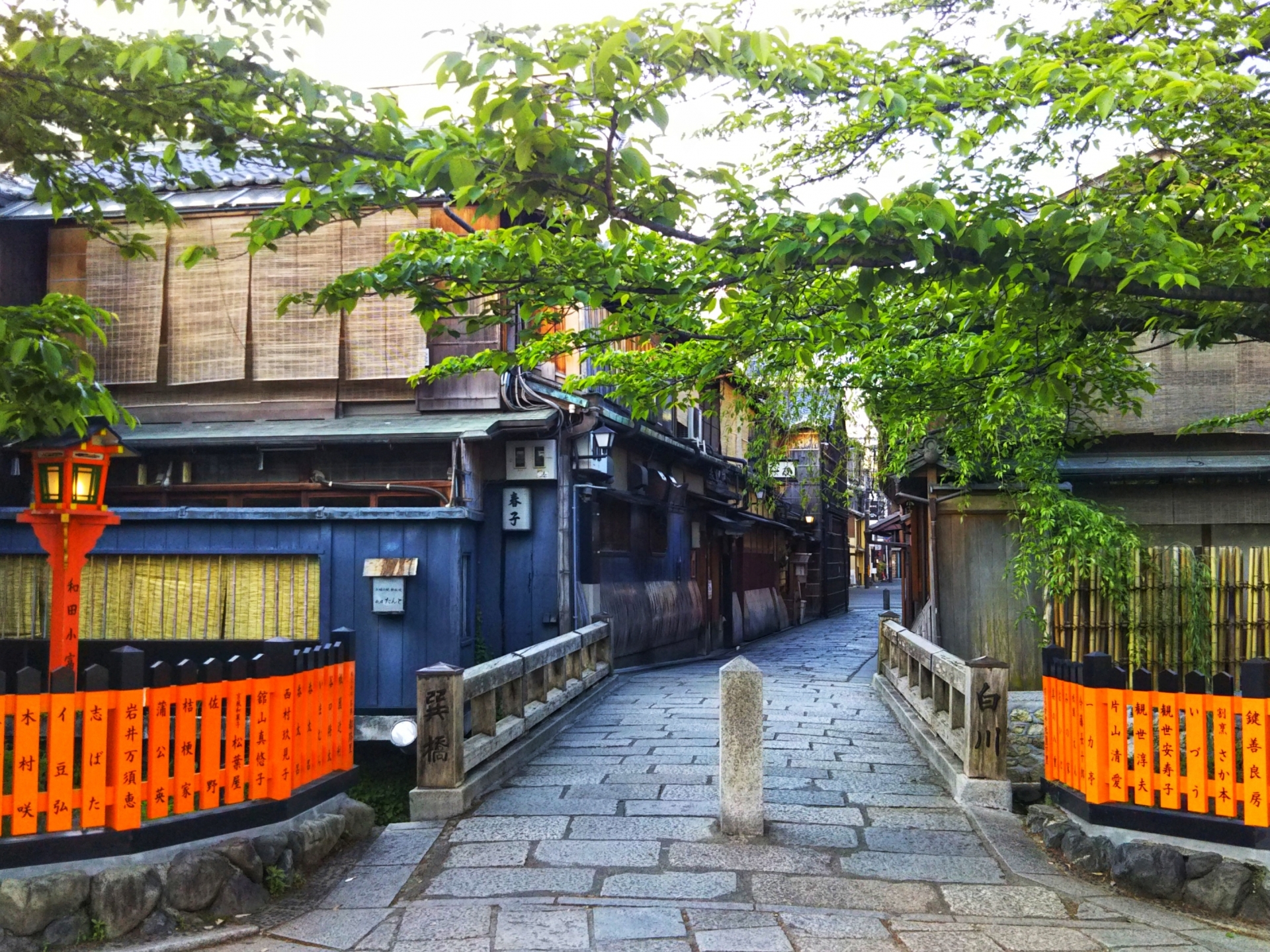
When and Where Is It Celebrated?

The Danjiri Festival is held primarily in Kishiwada City, located in southern Osaka Prefecture. The main events occur twice a year, split between two distinct seasonal celebrations:
1. September Festival (Hamate side): This is the most famous iteration, typically held on the weekend closest to Respect for the Aged Day (a national holiday in mid-September). It involves floats from the coastal areas of the city, drawing massive crowds and intense media attention.
2. October Festival (Yamate side): Taking place in the inland and mountainous parts of Kishiwada, this version features different neighborhood teams and offers a slightly more relaxed but equally authentic atmosphere.
Each participating district has its own danjiri float, and the local schedule may vary slightly. Regardless of the date, all variations serve the same purpose: an offering to the gods for protection, health, prosperity, and agricultural success.
For comparison, Osaka’s Tenjin Matsuri is another iconic float-based festival, but while Tenjin Matsuri involves river processions and fireworks, the Danjiri Festival is ground-based and kinetic, focused on speed and communal physicality.
What to Expect at the Festival
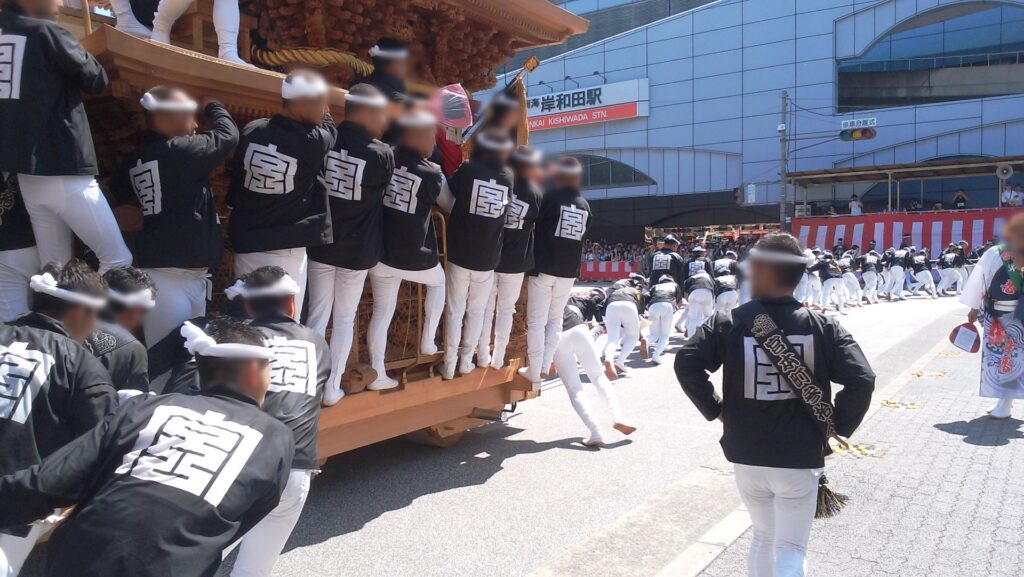
Attendees of the Danjiri Festival can expect a high-energy environment filled with tradition, noise, and excitement. The highlight is the yarimawashi—the dramatic turning of the danjiri floats at full speed through tight corners, often only inches from spectators and storefronts. This action-packed maneuver is both dangerous and exhilarating, showcasing the skills of the pullers and the coordination of the team.
Each danjiri float is a masterpiece, elaborately decorated with wooden carvings that tell stories of Japanese folklore, local legends, and Shinto deities. Participants wear traditional festival attire, including happi coats and tabi socks, and play taiko drums and flutes to keep rhythm. Community members chant together, boosting morale and energizing the team.
Due to the high speed and density of the crowds, accidents can happen. Spectators should remain in designated viewing areas and follow the directions of safety personnel.
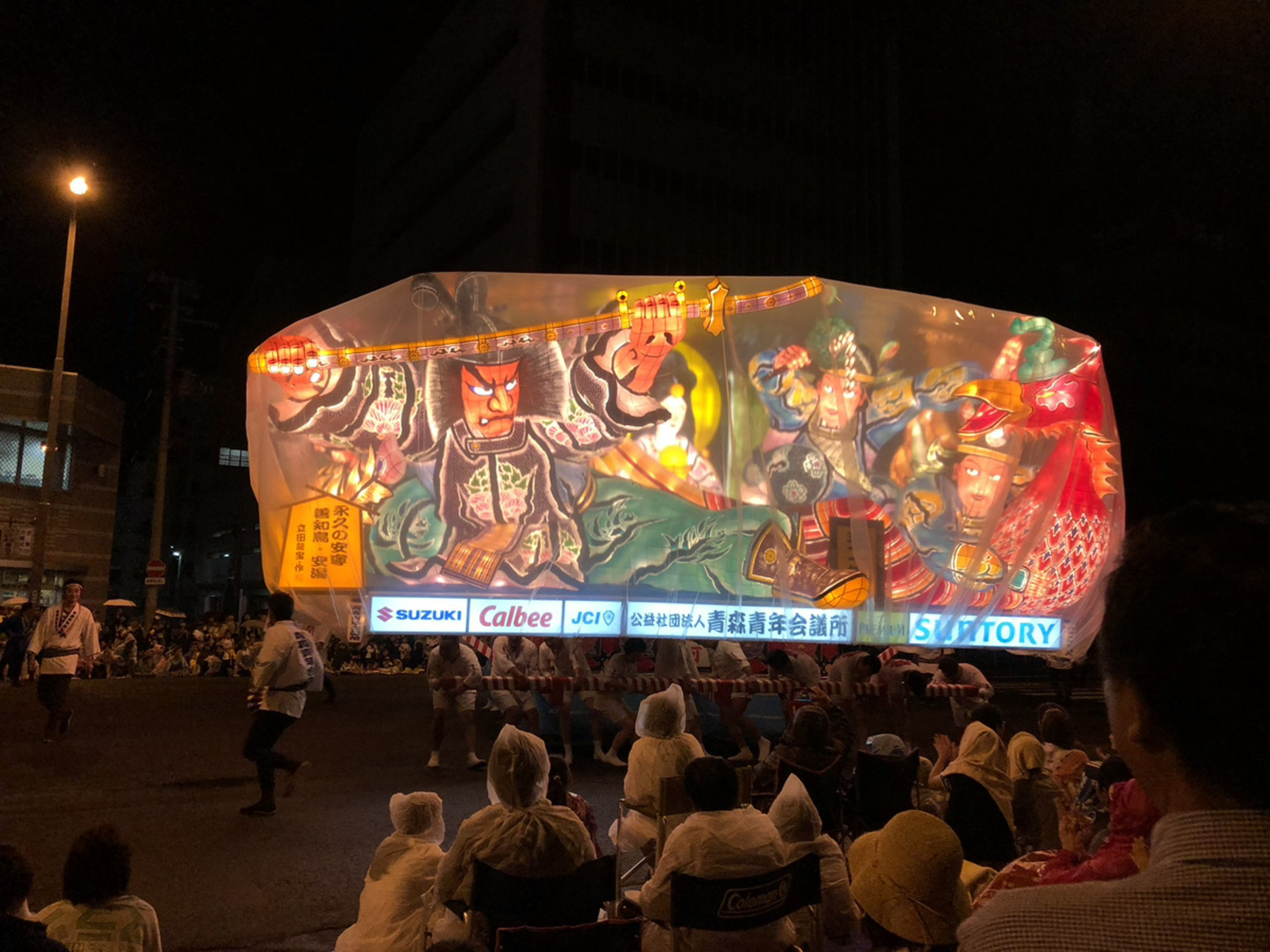
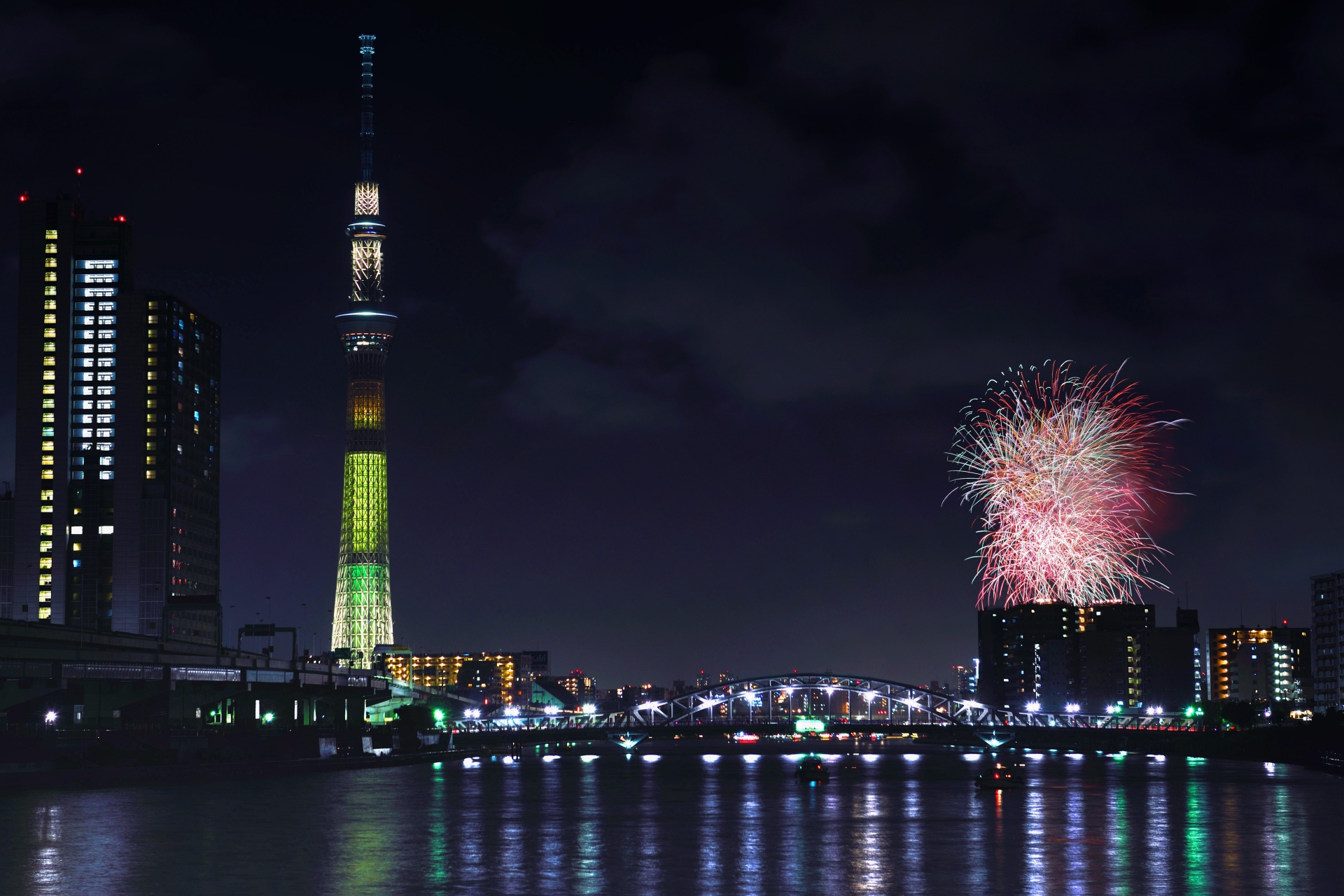
Safety, Etiquette, and Travel Tips for Tourists
If you’re planning to attend the Danjiri Festival, safety and cultural awareness are crucial. First, choose designated viewing areas, especially near Kishiwada Castle or main street intersections, where barricades and staff help manage the crowd. Mornings and early afternoons are safer and less crowded.
When it comes to etiquette, wear comfortable but respectful clothing. Avoid obstructing the path of the floats, and don’t interrupt participants. If invited to help, follow instructions closely and treat the experience with reverence.
Foreign tourists can reach Kishiwada easily via the Nankai Main Line from Namba Station in Osaka. Facilities such as tourist centers and English signage are increasingly available during festival time. Keep in mind that past accidents have led to stronger safety protocols—today, crews train extensively, and local authorities closely monitor the routes.
Behind the Scenes: Building and Preparing the Danjiri
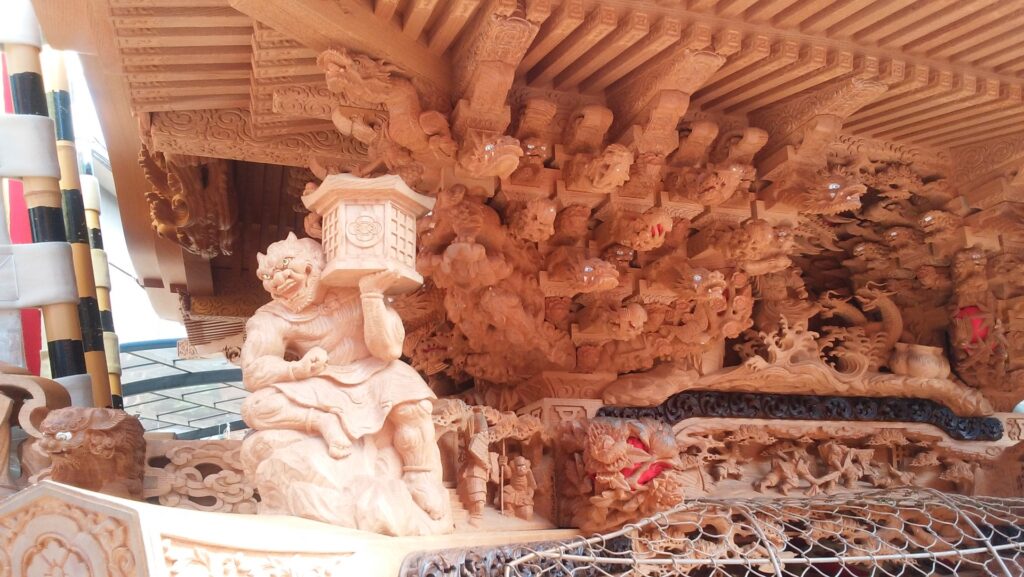
The creation of a danjiri float is a community-wide endeavor, often taking several months or even years to complete. Made from durable wood like zelkova, each float is handcrafted by artisans who specialize in traditional Japanese carpentry. The carvings—featuring dragons, samurai, and deities—carry symbolic meanings such as protection, strength, and good fortune.
Each neighborhood funds its float through donations and community support. Maintenance involves regular inspections, repainting, and replacing worn parts. Preparation begins months in advance, with young and old members alike training for their roles—whether as pullers, musicians, or support staff.
This behind-the-scenes collaboration strengthens community bonds and preserves ancient skills that might otherwise fade.
FAQs About the Danjiri Festival
What is the purpose of the Danjiri festival? The festival is held to offer prayers for a bountiful harvest, abundant fish, and the safety and prosperity of local households. It is deeply rooted in Shinto beliefs and serves as both a spiritual and communal celebration.
Is the festival dangerous? Yes, due to the high-speed float maneuvers and crowded streets, there is some risk. However, enhanced safety measures and designated spectator areas have significantly reduced accidents in recent years.
Can tourists participate or just observe? While tourists generally observe, some local teams may invite foreign residents or guests to assist in minor roles. Always seek permission and guidance before participating.
How old is the tradition? The Danjiri Festival dates back to 1703, making it over 300 years old. It has evolved considerably but retains its traditional roots.
Are there different types of Danjiri floats? Yes. Each float is unique to its district, and there are design differences between coastal (Hamate) and inland (Yamate) areas, especially in ornamentation and carving style.
Conclusion: Experiencing the Danjiri Festival as a Cultural Gateway
The Danjiri Festival of Kishiwada is more than just a vibrant event—it is a living expression of Japanese spirit, craftsmanship, and community. Through the thunder of drums, the creaking of wooden wheels, and the chants of united neighborhoods, attendees witness a festival that transcends time.
For travelers seeking an immersive cultural experience, attending the Danjiri Festival offers an unforgettable glimpse into Japan’s heritage. Whether you’re there to admire the artistry of the floats, observe the communal energy, or simply soak in the festive atmosphere, this event opens a gateway to deeper cultural understanding. Respectful participation and curiosity will ensure a rewarding journey into the heart of Japanese tradition.

